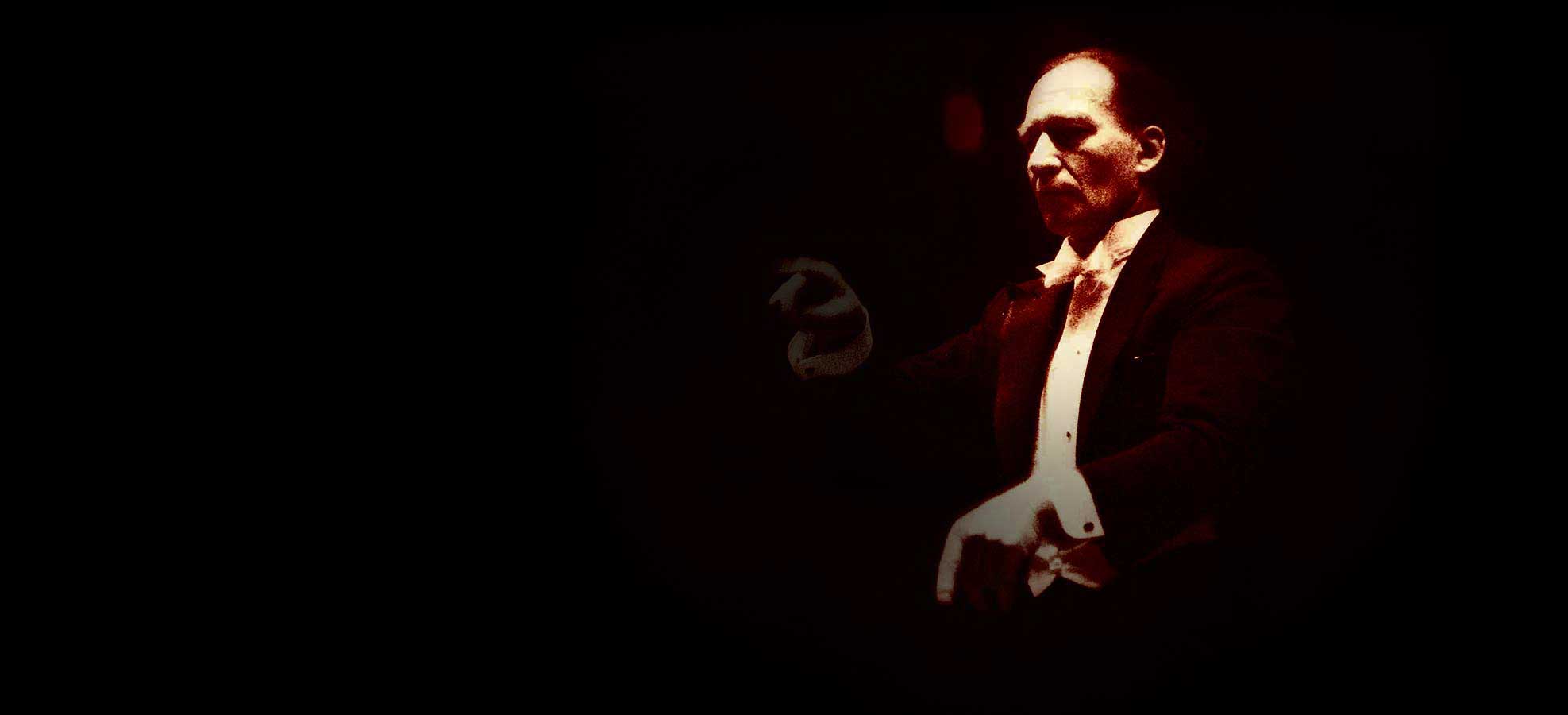If one looks back over the lists of the Parlophone and Odeon Companies during the period that Frieder Weissmann, the conductor, was musical director, one is impressed with the rich harvest of operatic excerpts, lieder and orchestral works.
“Despite the depression of the early 1920s,” says Dr. Weissmann, “The dominant note in recording was not commercial; all this came later. Indeed, we made good music without regard for its potential sales values, but fortunately it sold. Owing to the fine quality of work we accomplished in the Parlophone and Odeon studios, other countries sent us their best artists to make recordings. We had singers from Sweden, Finland, Latvia, Estonia, Italy, Czecho-Slovakia, who came with a specified repertoire. Usually they had a week of daily recording sessions. The repertoire consisted mainly of national operatic arias, unknown here, as well as a lot of attractive folk songs, which we usually orchestrated. The habit of putting orchestral accompaniments to everything from a folk song to lieder was artistically wrong in any estimation, but this was insisted upon by recording officials everywhere. Their view was that the piano recorded badly.
“Although I made a great many symphonic and other orchestral records, thegreatest part of my work was with the leading operatic singers of those times, and just as I began my recording career in Germany with Emmy Bettendorf, I was destined to end with another great soprano, Elisabeth Rethberg. But of this event I shall speak later. It should be remembered that opera was immensely popular in Europe – hence the many more records with singers than instrumentalists.
“Yet, I did a number of orchestral records on my own, several of which are still known today. People have often complimented me on making the first recording of Corelli’s Christmas Night Concerto and of Respighi’s Fountains of Rome. The quiet beauty of Corelli’s work appealed to me greatly, yet I doubt that I would have been permitted to have recorded it, had not a swedish record sales firm commissioned it. And the briljant and colorful Respighi score would not have been thought advisable had not the Italian firm, Fonotopia, ordered it. These two recordings, along with my 1931 Parlophone one of Strauss’ Death and Transfiguration reveal most satisfactorally to me my work as a conductor in the early years of electrical reproduction.
“Looking back, the gallery of great artists with whom I was closely associated stands forth like a sharply sculptured frieze. Many of them are here today, some are no longer wit hus, some have retired from public life, but none are forgotten. Such singers as Meta Seinemeier, Elisabeth Rethberg, Lotte Lehmann, Karen Branzell, Margaret Baeumer, Emmy Bettendorf, Richard Tauber, Lauritz Melchior, Heinrich Knote, Michael Bohnen, Leo Schuetzendorf, and many others. People often ask me wether I have not found it difficult to work with many of the great singers. Let me say, a truly great artist is always the easiest person with which to work; It is the lesser ones that are difficult because they are unsure of themselves. This hold true not only of artists of days gone by but of those now living, no matter the country of their origin.
Bron: The American Record Guide, november/december 1946, Volume XIII









